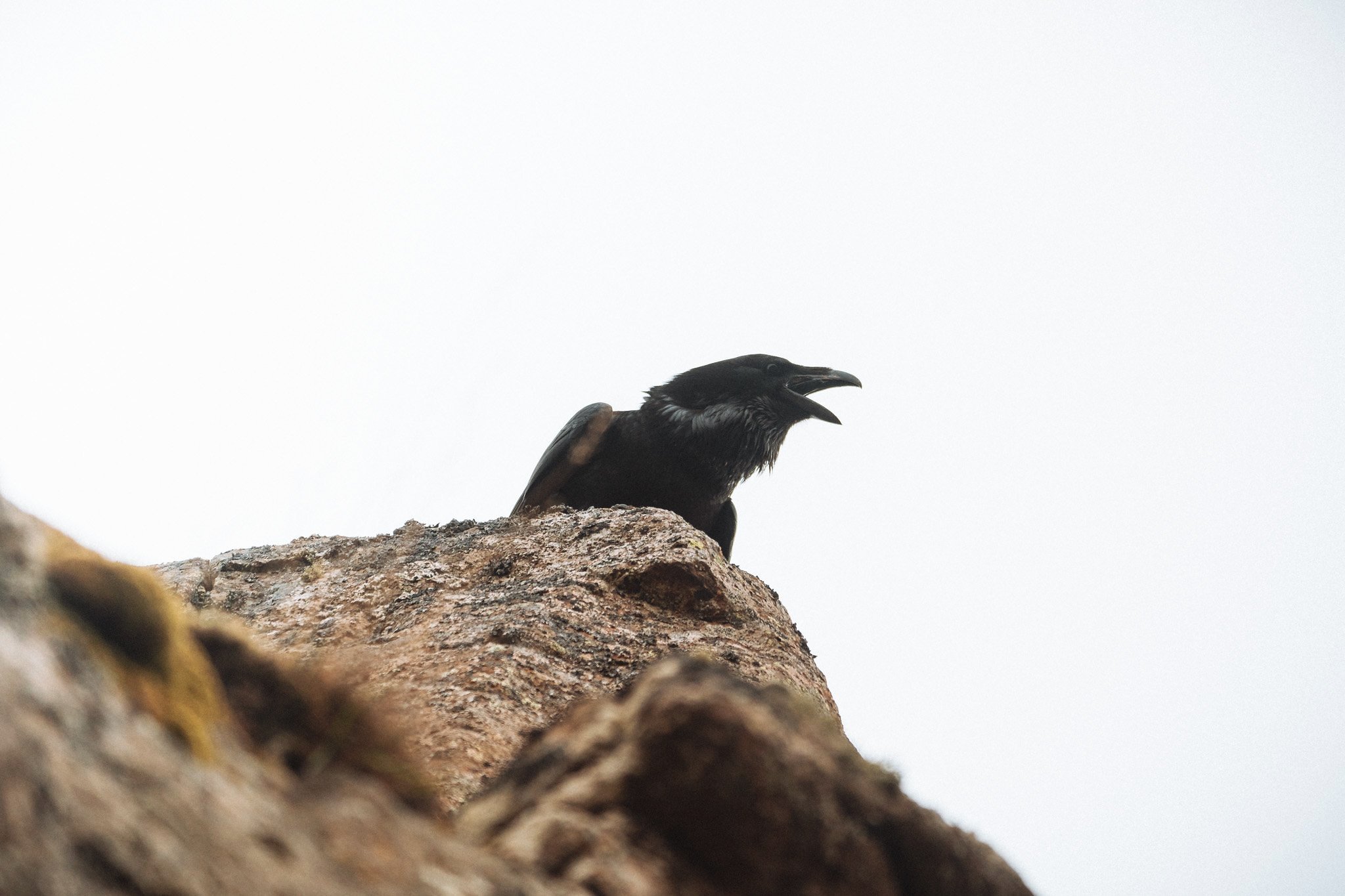The area of the Westfjords known as Strandir is not mentioned often in historical documents before the 17th century. It is still one of the remotest parts of Iceland and the northern part must have been even more remote in former centuries. It is therefore possible that some remnants of the old Viking religion survived in some form long after they had disappeared in areas that had been taken over by Christian religion and government.
The first instances of what was believed to be sorcery in Iceland took place in Árneskirkja church in Strandir back in 1654.
Nowhere else in Iceland has sorcery hit Iceland as hard as at Trékyllisvík. Here the first so-called sorcerers, Þórður Guðbrandsson, Egill Bjarnason and Grímur Jónsson, were burnt at the stake in the year 1654 at Kistuvogur cove after court proceedings at Árnes in Trékyllisvík. These 3 men were found guilty of witchcraft and were the first victims of a witch-craze, which swept through this area. This dark period of time in Iceland, from 1654-1690, is referred to as Brennuöldin or the Fire century.
The so-called sorcery didn't stop even though these three men had been burned at the stake and in 1670 two men were flogged here at Trékyllisvík for sorcery. Another 16 men and only 1 woman were burnt at the stake here in Iceland, the last one in the year 1683.


